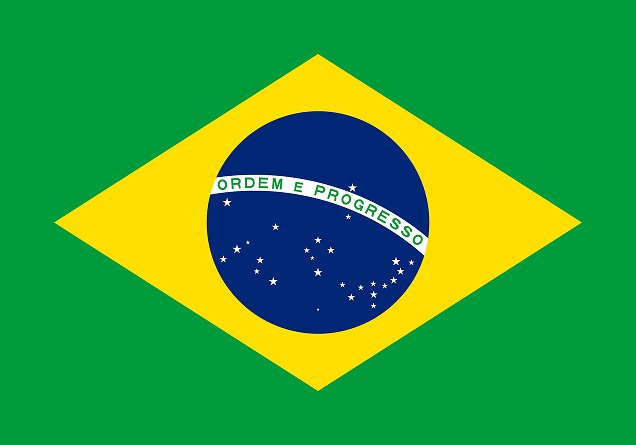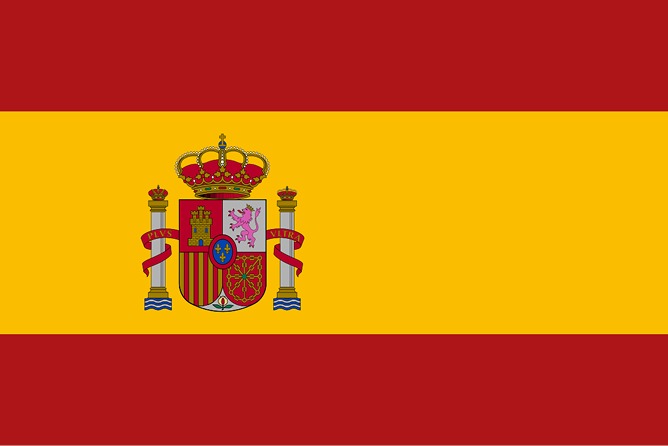We can't find the internet
Attempting to reconnect
Something went wrong!
Hang in there while we get back on track
Intraspecific Variation in the Fruiting of an Amazonian Timber Tree: Implications for Management
01/03/09Marisa Gesteira Fonseca, Edson Vidal & Flavio Antonio Maës dos Santos. 2009. Intraspecific Variation in the Fruiting of an Amazonian Timber Tree: Implications for Management. Biotropica: The Scientific Journal of the ATBC (Association For Tropical Biology and Conservation) - Volume41, Issue2, March 2009, Pages 179-185. https://doi.org/10.1111/j.1744-7429.2008.00480.x
ABSTRACT
Information concerning the fruit production of timber species is important for the assessment of the effects of logging practices and for the improvement of harvesting techniques. We assessed the effects of stem diameter, crown illumination, and liana load on Chrysophyllum lucentifolium subsp. pachycarpum fruiting over a 3-yr period in areas subjected to conventional and reduced impact logging 10–13 yr prior to the study and within a control area, in the eastern Brazilian Amazon. We further used this data set to estimate the proportion of fertile trees harvested following the adoption of 90 percent harvesting intensity and two different minimum diameter cutting limits (MDCL). Liana presence on > 50 percent of the crown was associated with a decrease in the odds of fruiting. Therefore, liana cutting aiming to increase fruiting output should target only trees in such a condition. We found no significant effects of logging treatments and crown illumination on the odds of fruiting. The percentage of reproductive trees, frequency, and intensity of fruiting increased markedly for trees > 40 cm dbh. The proportion of fertile trees harvested following the adoption of 50 cm dbh MDCL is relatively low (13–15%) and therefore, this practice is likely to have a low direct impact on C. lucentifolium fruiting at the population level. However, even for a population with relatively small fertile individuals and low proportion of trees ≥ 50 cm dbh, the MDCL should not be < 50 cm dbh, unless a lower harvest intensity is adopted.
 PT
PT
 ES
ES
 EN
EN

